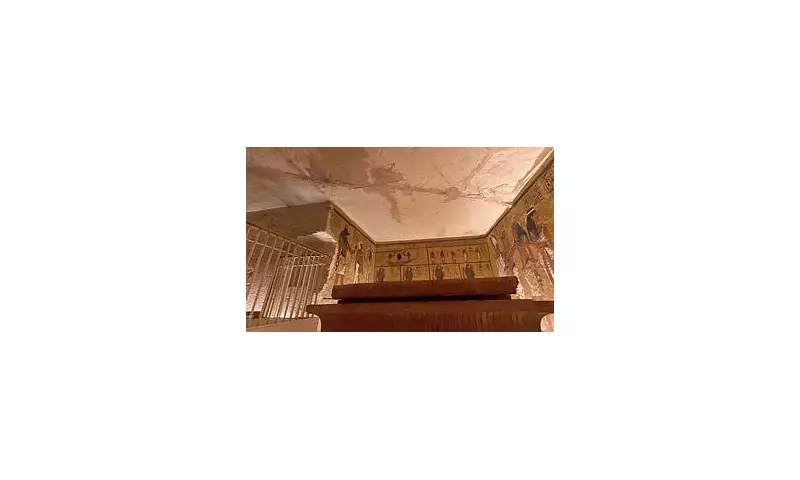
The final resting place of the legendary Boy King Tutankhamun is facing its greatest threat in over 3,300 years. Structural instability and widening cracks in the ancient burial chamber have created an archaeological emergency that could lead to catastrophic collapse.
The Silent Crisis Beneath the Sands
Archaeologists and conservation experts have sounded the alarm after discovering that the very foundations of Tutankhamun's tomb are deteriorating at an alarming rate. The delicate plaster and stone walls, which have withstood millennia, are now showing signs of critical stress that could result in permanent loss of one of history's most significant archaeological sites.
What's Causing the Damage?
Several factors are contributing to this unfolding crisis:
- Environmental stress from fluctuating humidity levels caused by thousands of visitors annually
- Natural geological shifts in the Valley of the Kings bedrock
- Aging infrastructure that has far exceeded its expected lifespan
- Micro-fractures that have been gradually widening over decades
Race Against Time
Conservation teams from Egypt's Ministry of Antiquities are working tirelessly to stabilise the structure. Emergency measures include advanced monitoring systems to track even the slightest movement in the tomb's walls and ceiling. The situation has become so critical that some experts are discussing the possibility of creating a replica tomb for tourists while the original undergoes extensive restoration.
A Global Heritage at Risk
Discovered by Howard Carter in 1922, Tutankhamun's tomb represents one of the most complete ancient Egyptian royal burials ever found. The potential loss of this site would not only be an Egyptian tragedy but a devastating blow to world heritage. The tomb's famous golden burial mask and treasure-filled chambers have provided invaluable insights into ancient Egyptian burial practices and royal life.
International archaeological organisations are closely monitoring the situation, with many offering technical expertise and financial support to prevent what could become one of the greatest cultural losses of our generation.





